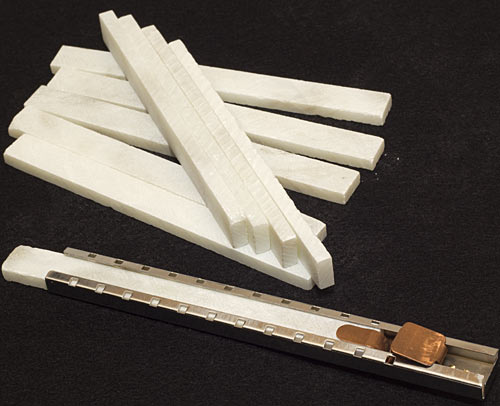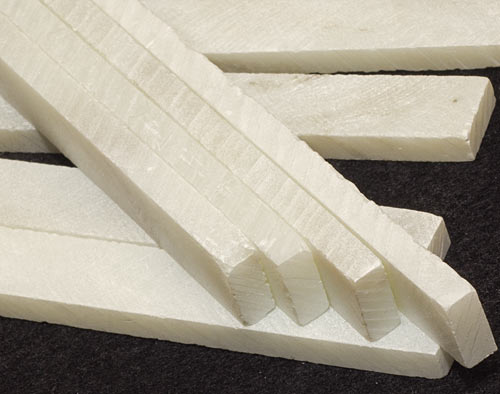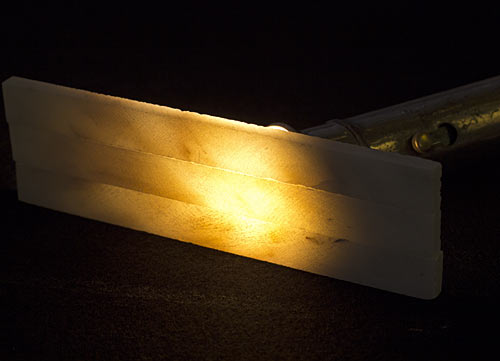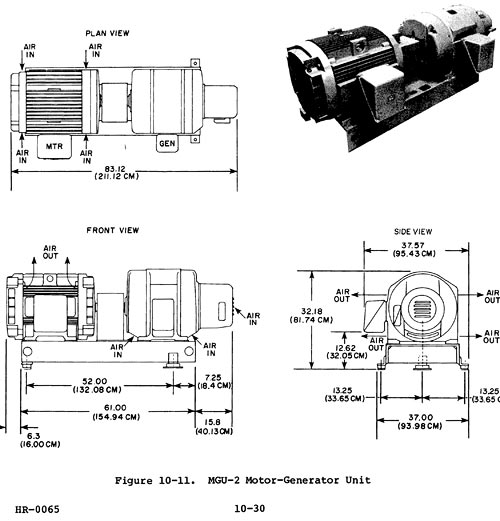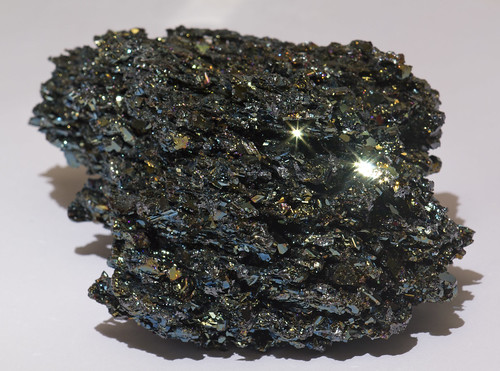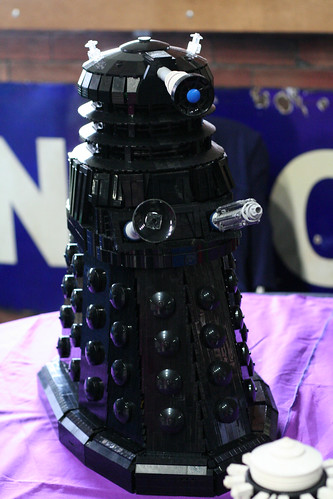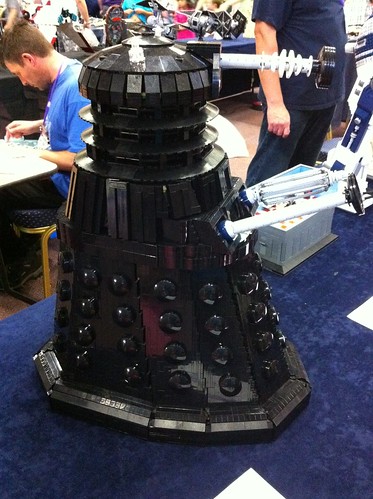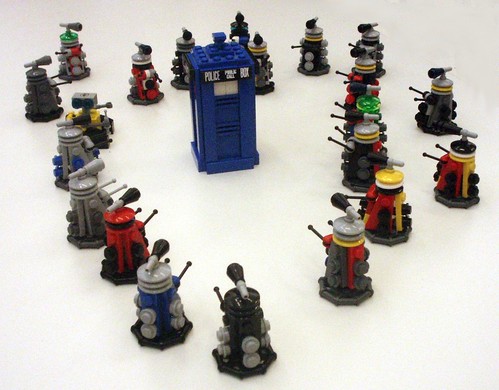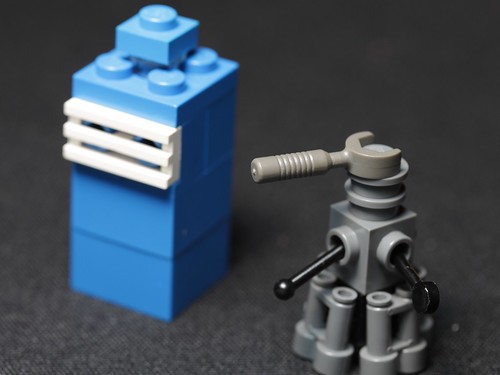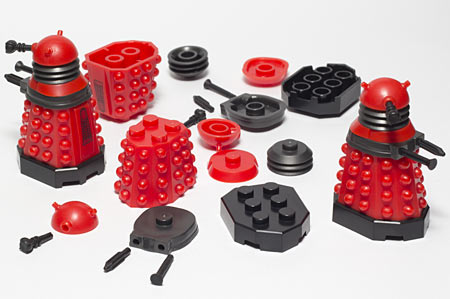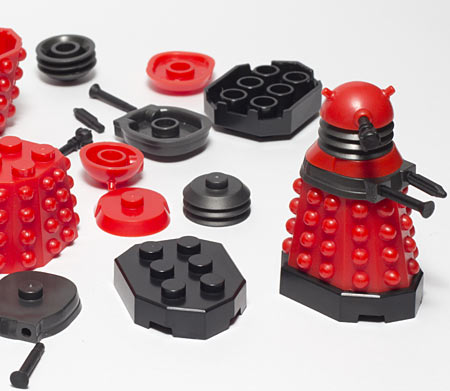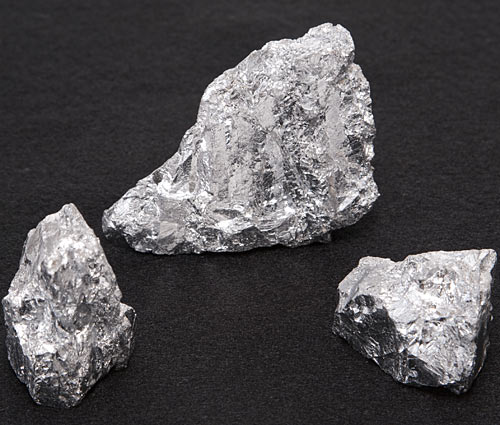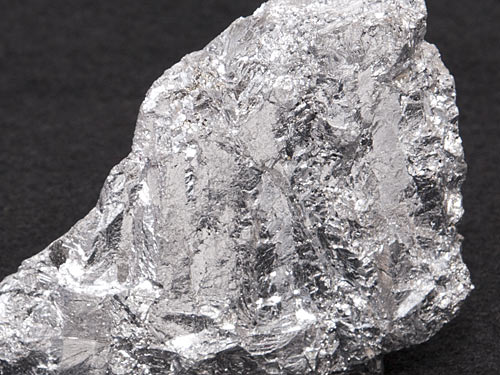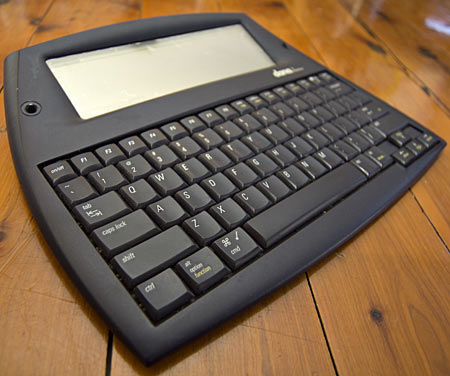A reader writes:
My name is Adrian and I had a question for you and your fancy calculations:
What would happen if you cut an atomic bomb (or any variant of nuclear bomb) in half with a lightsaber, as that bomb was heading toward the ground? My guess is you would disable the detonator but would probably set off the plastic explosive contained within, yet still not detonating the bomb.
Adrian
This rather depends on what a lightsaber actually is, and what it does. Which is hard to pin down.
Like various other aspects of the Star Wars universe, lightsabers don't really make a lot of sense. The blade apparently weighs nothing but has some air resistance (making a cardboard tube a most effective surrogate!) and, by canon, a strong gyroscopic effect. But that effect is hard to see when, for instance, Luke first twirls his father's lightsaber around in Ben Kenobi's hut. There's a notable absence of precession causing the blade to swing weirdly...
...and cut up Luke, or Ben, or at the very least some of Ben's furniture.
If you need to cut through huge metal doors on a Trade Federation ship it apparently takes a lightsaber a while to do it, but the armour of a seismic tank...
The more you think about this stuff, the less sense it makes. If the damn blade doesn't weigh anything, for instance, why not just do whatever's necessary to make a saber with a really long blade, then point said blade at your enemy, and invite him to impale himself upon it at his leisure? A Jedi asks not these obvious questions, nor does one wonder what the heck people were thinking when they made canonical lightsaber-ish weapons that are clearly more likely to kill the user than their enemy. (See also.)
Oh, and lightsaber blades seem to bind together when they touch, which is what you'd bleeding want to happen when you're fighting with swords that have, in almost all cases, no hand-guard of any kind.
The original lightsaber props had a real gyroscopic effect, because the blade was a spinning stick covered with retroreflective material. You can see and hear one of them in action at the beginning of this blooper reel:
This was originally hoped to provide an adequate lightsaber effect all by itself when illuminated by a light mounted next to the camera lens, for the same reason why retroreflective road signs glow when illuminated by headlights, which are relatively close, angularly, to the eyes of a driver. (If you're on foot and illuminate such a sign with a flashlight held next to your head or, better yet, right between your eyes, the sign will glow surprisingly brightly, on account of the near-perfect angular alignment of the illumination and your eyes.)
The reflective saber effect didn't actually work very well, though, so the sabers were dressed up further in post-production. This left a few telltale signs in the original versions of the early Star Wars movies, especially A New Hope. Before Lucas started "improving" that movie, a saber pointed straight at the camera pretty much disappeared. See also the variable-length, "dual-phase", lightsaber, which was invented to explain why the special effects for Vader's schwartz didn't make it the same length in every shot.
Oh, and lightsabers also tend to be used by telekinetic wizards who can predict the immediate future, so all the arrant Flynning you see lightsaber fighters doing (apparently trying to hit the enemy's sword, not the enemy himself...) is of course entirely explained by... tech tech tech.
Lightsabers seem to be able to cleave through most things instantly (there are several lightsaber-Kryptonite substances in the Star Wars universe to make this less of a problem for storytelling, a la the widely-used sci-fi convention that faster-than-light drives don't work if you're too close to a planet or star, so goodies and baddies can't effortlessly evade each other all the time). The material that was in the kerf of a lightsaber's cut just seems to... disappear. If the blade were actually the stick of ultra-hot plasma that it's meant to be, it'd create a strong wind of superheated air just sitting there stationary making its cool noise, and there'd be a serious explosion whenever you hit anything solid with it, blasting some of that solid into gas at the very least, and possibly more plasma. But nope, doesn't happen. Lightsaber-cut matter just vanishes.
Heck, lightsabers don't even seem to cast any light, a lot of the time. You can see them with your eyes, but no photons from them seem to encounter anything but the audience's eyes. This was of course also a special-effects limitation; the original lightsaber effect was just painting on the film frames, and painting realistic illumination of other objects by the lightsabers was too hard. When it isn't too hard to depict, lightsabers light stuff up just fine.
All of these niggles are, of course, not important. Nobody's pretending Star Wars is even slightly hard sci-fi, so sound in space, and crappy Stormtrooper marksmanship, and ray-guns that shoot beams that travel much slower than bullets, and magic laser swords, are all perfectly acceptable space-opera components. The only time this stuff annoys me is when someone creates yet another of those awful The Science Of Star Wars or Star Trek or Probably Even Bleeding Doctor Who By Now books or TV shows.
[Update: Oh, for fuck's sake...]
The idea always seems to be to trick students who don't like science into learning something, but the result always looks to me like the Lego kits for kids who don't like Lego. This idea is a fundamentally bad one, even if you do manage to wring some actual scientific relevance out of Star Wars, which is about as easy as wringing it out of Jack and the Beanstalk.
If you actually apply something resembling real science to lightsabers, you get a weapon that kills everyone in the building if you ever hit anything with it.
Here's a much more important example of the hopelessness of this The Science Of Some Fantasy Show idea, which arises whenever you try to apply real science to any space-opera scenario that has faster-than-light travel:
If you've got FTL travel, in a universe subject to relativity, you can now also travel into the past.
Absolutely definitely, no question about it. Doesn't matter if you use hyperspace or a warp bubble or teleportation or jump-gates left by ancient aliens. FTL plus relativity equals time travel.
The usual way to get around this is to subject your fictional universe to an Acme Hydraulic Universe-Flattener and explicitly or implicitly erase relativity entirely. You pretty much have to do this to have FTL in the first place, so it's not that much of a loss.
The only other way out is to boldly declare that the same future technology that created the FTL drive also proved Einstein Was Wrong. Saying that, in the face of the large amount of experimental and practical evidence that both general and special relativity are, in our universe, real, is about as plausible as a physicist today saying Newton Was Wrong.
(Newtonian physics is wrong when speeds, mass and/or time values are very large, but relativity refines Newtonian physics, it doesn't overturn it. Space-opera FTL technology can only plausibly overturn relativity with the help of godlike entities, the discovery that we live in a simulated universe with variable rules, or some similarly cheap trick. Otherwise you might as well be saying that new discoveries have revealed that four is prime.)
A significant amount of modern literary space-opera acknowledges the FTL-equals-time-travel problem, but time travel only happens occasionally in shows and movies whose names start with "Star", and it's usually a great surprise to the cast when it does. (And an even greater one, to the characters at least, when they travel from the future back into the same year, and usually the same city, when the show was actually filmed.)
This is all just a teeny bit of a long walk to my answer to "what would happen if you chopped a nuke in half with a lightsaber?", but I hope it explains why my answer is "damned if I know, but the special effects would be good, and the acting lousy".
Psycho Science is a regular feature here. Ask me your science questions, and I'll answer them. Probably.
And then commenters will, I hope, correct at least the most obvious flaws in my answer.
